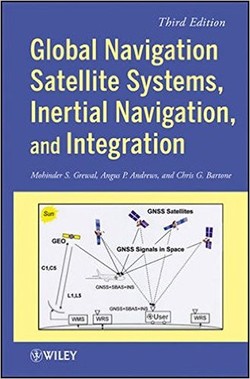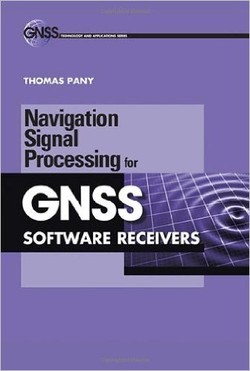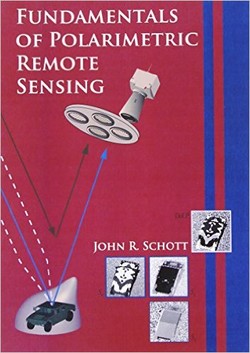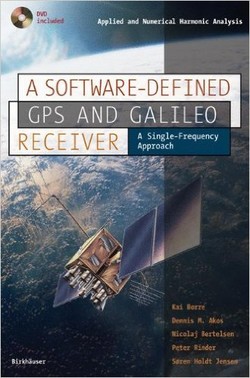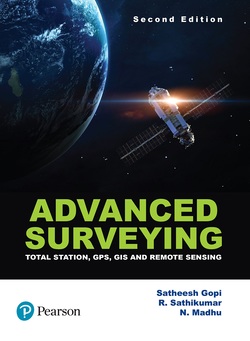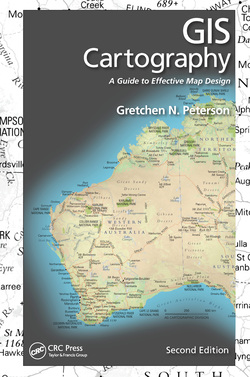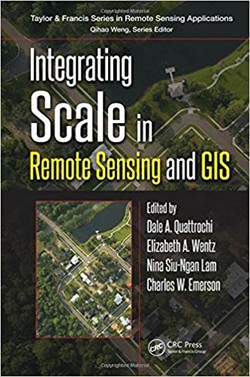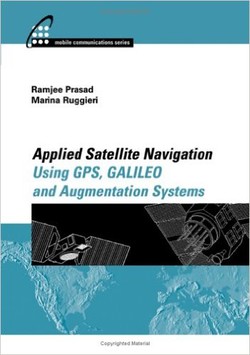اصول گیرندههای موقعیت یاب جهانی

در این نسخه جدید از کتاب “اصول گیرندههای موقعیتیاب جهانی” تنها تغییرات جزئی در مطالب کتاب فراهم آمده است و ساختار فصلهای اصلی دستخوش تغییر نشدهاند.
تنها تغییر اساسی در این نسخه افزودن سه فصل جدید به محتویات کتاب است که به افزایش محبوبیت کتاب میان مخاطبان، کاربران و توسعهدهندگان GPS کمک نموده است.
یکی از موضوعات مورد بحث در این کتاب بهبود حساسیت گیرندههای GPS میباشد که به افزایش عملکرد آن میانجامد. این موضوع درحال تبدیل شدن به یکی از مهمترین و ضروریترین مسائل شهری شده است. بنابراین، فصل 10 و 11 به پردازش سیگنالهای ضعیف و همچنین محدودیتهای گیرندههای GPS اختصاص یافته است. روشهایی مشابه آنچه که در این فصلها مورد بحث قرار گرفتهاند قابل اجرا در گیرندههای GPS در محیطهای پرسروصدا و در شرایط تداخل میباشند.
تنها تغییر اساسی در این نسخه افزودن سه فصل جدید به محتویات کتاب است که به افزایش محبوبیت کتاب میان مخاطبان، کاربران و توسعهدهندگان GPS کمک نموده است.
یکی از موضوعات مورد بحث در این کتاب بهبود حساسیت گیرندههای GPS میباشد که به افزایش عملکرد آن میانجامد. این موضوع درحال تبدیل شدن به یکی از مهمترین و ضروریترین مسائل شهری شده است. بنابراین، فصل 10 و 11 به پردازش سیگنالهای ضعیف و همچنین محدودیتهای گیرندههای GPS اختصاص یافته است. روشهایی مشابه آنچه که در این فصلها مورد بحث قرار گرفتهاند قابل اجرا در گیرندههای GPS در محیطهای پرسروصدا و در شرایط تداخل میباشند.
سال انتشار: 2005 | 372 صفحه | حجم فایل: 6 مگابایت | زبان: انگلیسی
Fundamentals of Global Positioning System Receivers: A Software Approach, Second edition
نویسنده
James Bao-Yen Tsui
ناشر
Wiley
ISBN10:
0471706477
ISBN13:
9780471706472
قیمت: 16000 تومان
برچسبها: All the expert guidance you need to understand, build, andoperate GPS receivers
The Second Edition of this acclaimed publication enablesreaders to understand and apply the complex operation principles ofglobal positioning system (GPS) receivers. Although GPS receiversare widely used in everyday life to aid in positioning andnavigation, this is the only text that is devoted to completecoverage of their operation principles. The author, one of theforemost authorities in the GPS field, presents the material from asoftware receiver viewpoint, an approach that helps readers betterunderstand operation and that reflects the forecasted integrationof GPS receivers into such everyday devices as cellular telephones.Concentrating on civilian C/A code, the book provides the tools andinformation needed to understand and exploit all aspects ofreceiver technology as well as relevant navigation schemes:
Overview of GPS basics and the constellation of satellites thatcomprise the GPS system
Detailed examination of GPS signal structure, acquisition, andtracking
Step-by-step presentation of the mathematical formulas forcalculating a user's position
Demonstration of the use of computer programs to run keyequations
Instructions for developing hardware to collect digitized datafor a software GPS receiver
Complete chapter demonstrating a GPS receiver following asignal flow to determine a user's position
The Second Edition of this highly acclaimed text has beengreatly expanded, including three new chapters:
Acquisition of weak signals
Tracking of weak signals
GPS receiver related subjects
Following the author's expert guidance and easy-to-follow style,engineers and scientists learn all that is needed to understand,build, and operate GPS receivers. The book's logical flow frombasic concepts to applications makes it an excellent textbook forupper-level undergraduate and graduate students in electricalengineering, wireless communications, and computer science.


